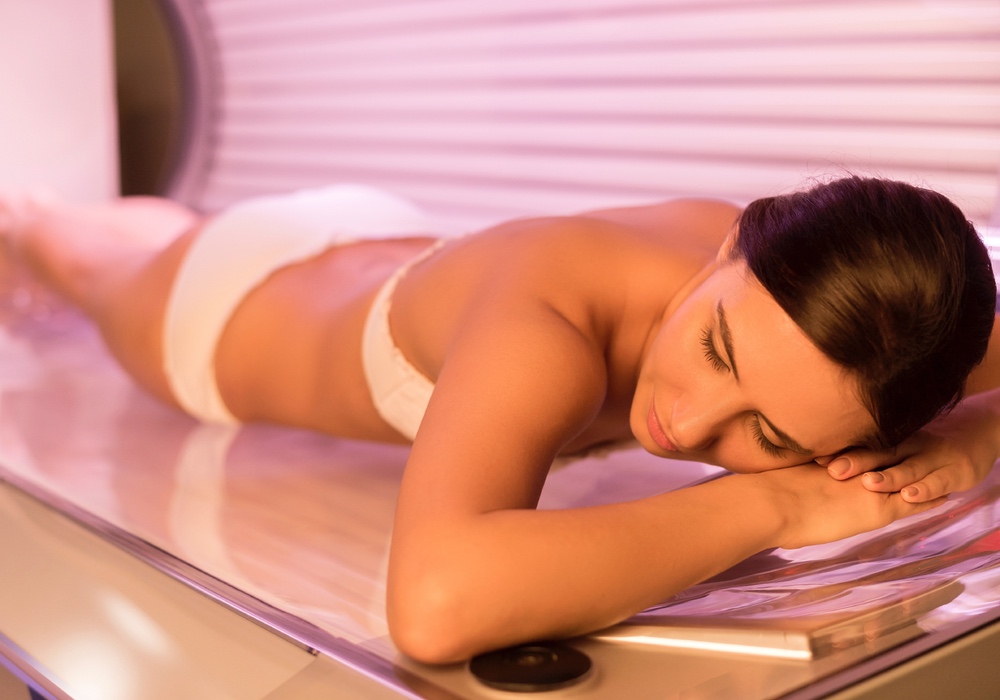Girls in their teens and young women in their 20s are the most frequent users of indoor tanning. They do it because they think it makes them look better, healthier, but that turns out to be an illusion. In reality they are putting themselves at far greater risk for developing melanoma, the deadliest form of skin cancer.
The dangers of indoor tanning have been well documented. And now a new University of Minnesota study makes clear that melanoma is not only something that can happen to those over 50; it can happen in your 20s.
Women who were diagnosed with melanoma before the age of 40 began indoor tanning earlier and more frequently than women diagnosed with melanoma when they were over 40, the study found. DeAnn Lazovich, an associate professor at the School of Public Health at the University of Minnesota in Minneapolis, told the TheDoctor, “If anything, these findings should reinforce for [young women] that the risk of melanoma is very real, and should be taken seriously.”Women under 30 who tanned indoors were six times more likely to have been diagnosed with melanoma than those who did not tan indoors.
In focus groups with melanoma survivors, Lazovich has heard many young women describe the sunburns they got from the intense sun exposure. And the problem seems to be getting worse, not better. Compared with older women, those between 40 and 49, women under 40 had started indoor tanning when they were younger — at 16 years old as opposed to 25.
The younger women also used the tanning beds more frequently. They had an average of 100 tanning sessions, compared to 40 sessions among the older women.
Women under 30 who tanned indoors were six times more likely to have been diagnosed with melanoma than those who did not tan indoors. Even among women older than 30, those who tanned indoors were significantly more likely to have been diagnosed with melanoma than those who did not use a tanning bed.
Indoor tanning is only one cause of melanoma, Lazovich points out. It raises your risk, but too much ultraviolet radiation exposure when you are outdoors is also a problem. Everyone needs to practice good sun protection habits.
But indoor tanning is totally avoidable. It is bad practice that is harmful to your health. The U.S. Food and Drug Administration has proposed a ban on indoor tanning for all people under the age of 18, and requiring those who do choose to tan indoors to sign a form every six months acknowledging the risks associated with tanning bed use. The laws could go into effect by the end of the year.
The study and an editorial accompanying it are published in JAMA Dermatology.





